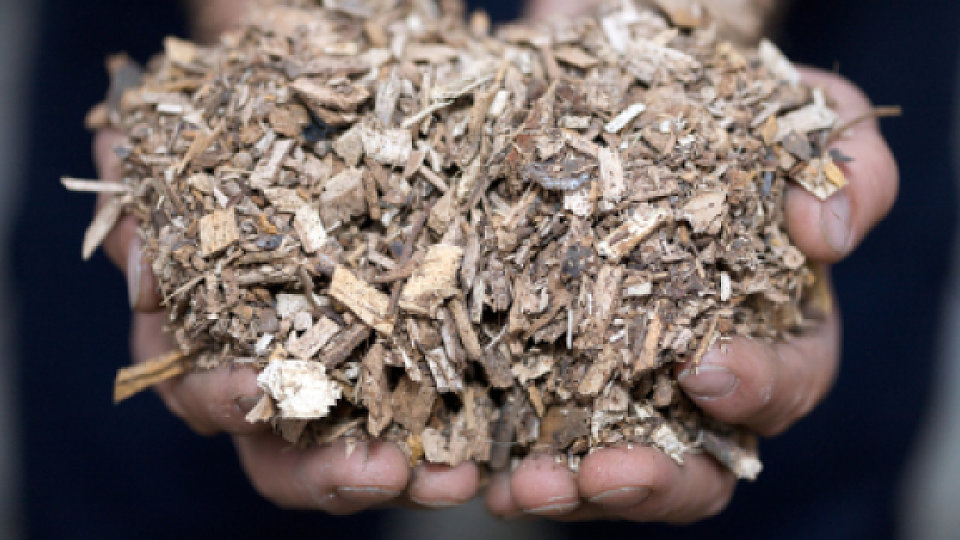Herod and Joseph: A Contrast in Character

Assuming Joseph was a young man when Jesus was conceived, one king had ruled over Judea during Joseph’s entire life: Herod “the Great.” Herod ruled Judea, with the blessing and help of the Romans, for thirty-three years, from 37 B.C. to 4 B.C. It is generally agreed that Herod desperately wanted the praise, admiration, and love of others. He hoped to be seen as the messianic king the prophets foretold, even if he did not meet the criteria found in the prophets. Herod hoped to restore the greatness of the Jewish kingdom. Herod also loved the wealth and power that went with being king. He was adept at amassing wealth from the people and maintaining a firm grip on power. Unlike Jesus and Joseph, Herod had nothing of the servant’s heart. For Herod, greatness was found not in servanthood but in affirmation and acknowledgment, and in a life of ease and luxury. Herod seems constantly to have been working to prove his own greatness to others (and perhaps to himself) and to secure his place in history. Part of this effort took the form of massive building projects. One of the most interesting of Herod’s building projects was called the Herodium (sometimes Herodion)—yes, Herod named it after himself! The Herodium was a man-made mountain— Herod’s version of a pyramid—but unlike the Egyptian pyramids that were used only to bury the dead, Herod’s pyramid would serve as his winter palace and fortress, though he would ultimately be buried there as well. You can see what’s left of it in today’s video (it's posted below). This mountain fortress rose four hundred feet in the air, fifty feet taller than the Great Pyramid at Giza. At the base Herod built villas for his friends and a huge pond and pool for their enjoyment (remember, this was the desert—it was quite a sight to see). Midway up his mountain was a theater with seating for up to nine hundred people. At the top was a palace “fit for a king”— even a king like Herod. There were Roman baths, a large central hall, and bedrooms. The connection to Joseph is simply this: The palace was located adjacent to Bethlehem. It could be seen from nearly anywhere in Bethlehem, and the people of Bethlehem undoubtedly marveled as they watched it built. Some of the residents of Bethlehem likely were conscripted to help build Herod’s monument to his own greatness. And this building offers us a study in contrasts. From the splendor of this hilltop palace, Herod the Great could look down at a tiny part of the kingdom he ruled: that hard-scrabble little town of Bethlehem, where lived a family of humble carpenters. In contrast to Herod, who wanted so desperately to make an immortal mark, Joseph had no such aspirations but did in fact change the world. Joseph’s role as the earthly father of Jesus shaped Jesus’ life, ministry, and teachings and, through them, shaped all who follow Jesus. Jesus likely learned from Joseph something he taught his disciples. “Be careful not to do your acts of righteousness to be seen by others,” he said, “so that you get credit in their eyes. If you do you will have received your reward. Instead, do your acts of righteousness in secret—your Father will see and will reward you” (see Luke 6:1-6). Joseph modeled what Jesus later taught his disciples: “The one who would be great among you, must first be your servant” see Matthew 20:26-27). Joseph models for us how to serve without expectation of reward. He had the most important job ever given to a man up to that point. His was the task of raising Jesus and teaching him how to be a man. He did this without recognition, without the praise of others, solely because God called him in a dream to care for God’s Son. ~~~ Today's post is an excerpt from The Journey. Learn more at The Journey website, journeythischristmas.com.